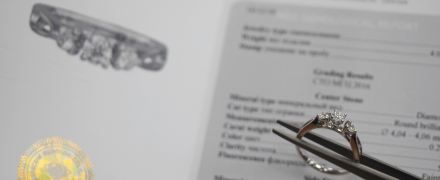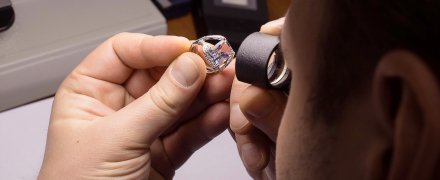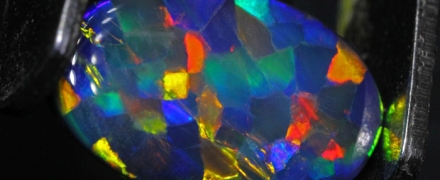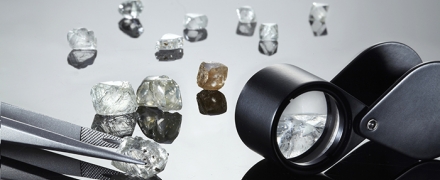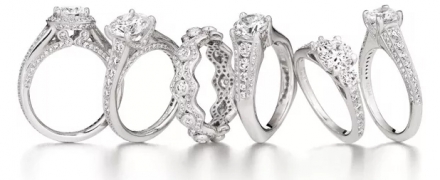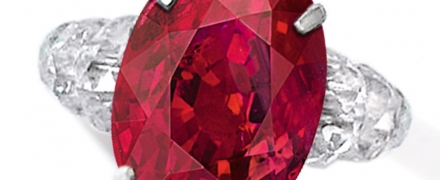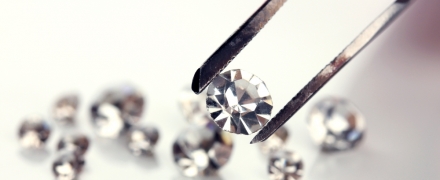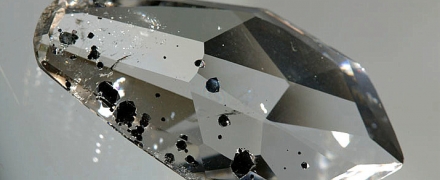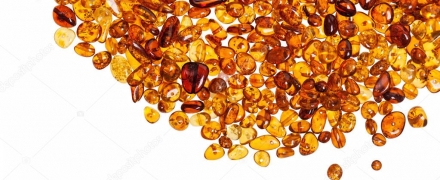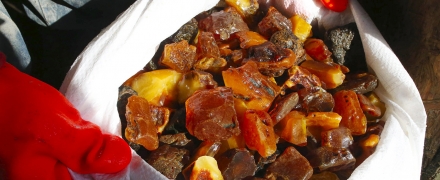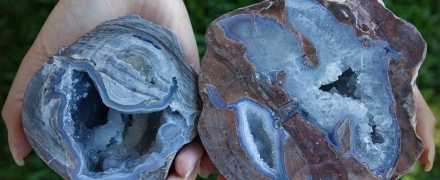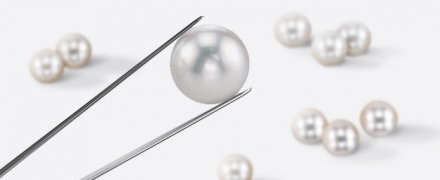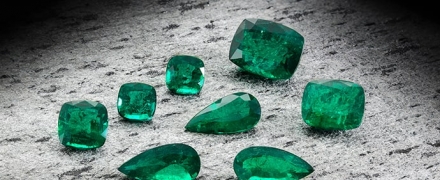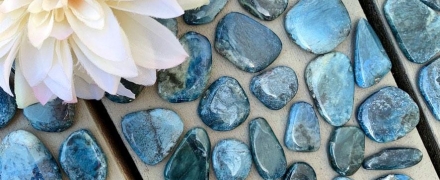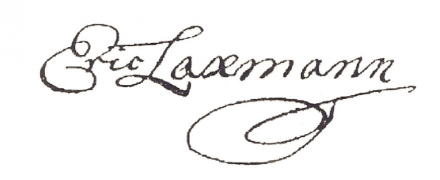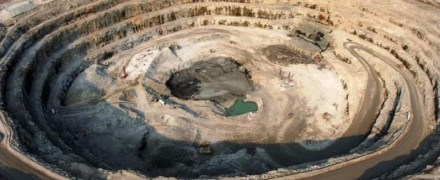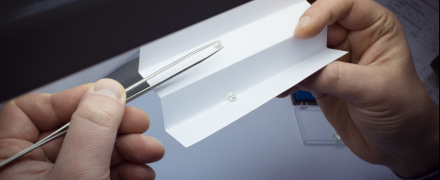open 10 am - 7 pm
laboratory is closed
The definition of defective jewelry

Defects in jewelry significantly affect its consumer properties as a luxury, a decoration or status of the accessory, and, accordingly, limit its scope or it is unusable.
Defects can usefully be divided into clear – detectable by visual inspection of the product, and the hidden – revealed as a result of the destructive analysis methods or other special methods of diagnosis.
The quality control
Monitoring the presence or absence of defects in a piece of jewelry is carried out by the technical control Department of the enterprise in the production process or finished products. Minimum requirements for defects jewelry is defined in OST 117-3-002-95 "articles of jewellery made of precious metals. General technical conditions. The industry standard".Every jewelry company may establish additional requirements for quality jewellery products, but the minimum requirements set out in industry standard must be followed always, or jewelry are recognized as not corresponding to requirements of OST and are refundable.
Control the normative content of precious metals in jewellery alloys is carried out by the Inspectorate of assay supervision under the branding of products. And for the major parties is a selective destructive testing. For products that meet all the requirements of state standards, is the print of the state assay mark.
Also in the trade is control of incoming products in relation to the declared quality.
Buyers tips
In spite of all stages of the product quality, it is important to examine the jewelry for defects when buying it, to rid yourself of the extra hassle of finding the nature of the defect and the possible future return of purchased products.
Some products may not contain defects, but in view of its constructive features can be very sensitive to external influences. Therefore, it is important to follow the rules of operation of the specific jewelry and General operating rules jewelry in particular.
Defects jewelry can be not only pre-sales (production acquired in the process of transportation or sale), but also after-sales is acquired in the process of neglect of the buyer to jewellery.
The result of an inappropriate relationship to jewelry, the time of origin of a number of defects not readily determined by the expert in the process of special expertise. While the mere presence of a defect is not an unambiguous proof of the low quality of purchased products.
Also please note that the time taken to detect hidden defects in the jewelry set the Industry Standard and is six months from the date of purchase. After this period complaints on the quality of the jewelry will not be accepted.



